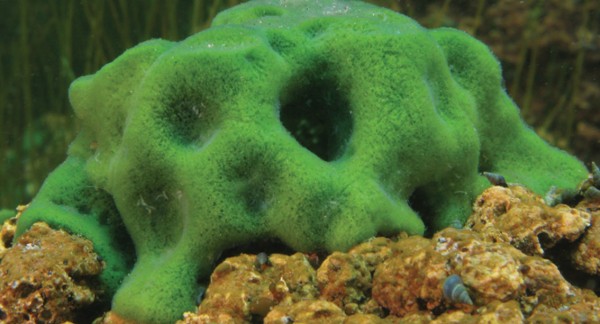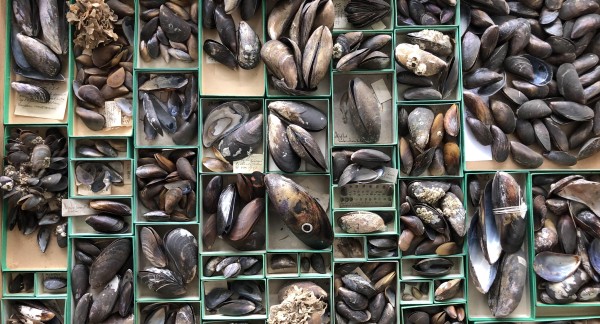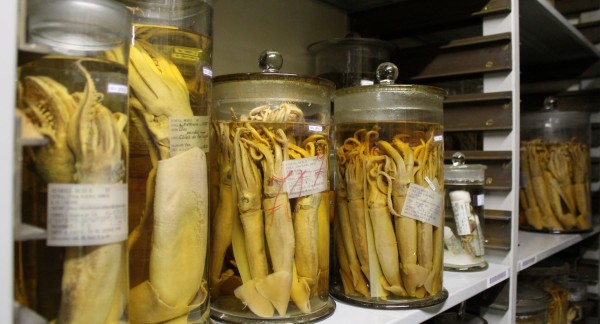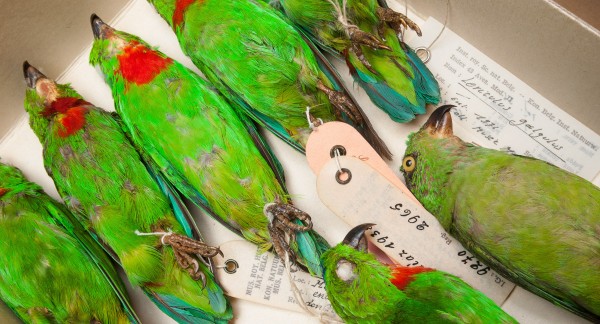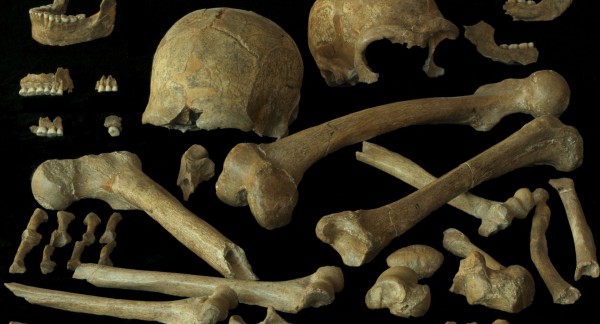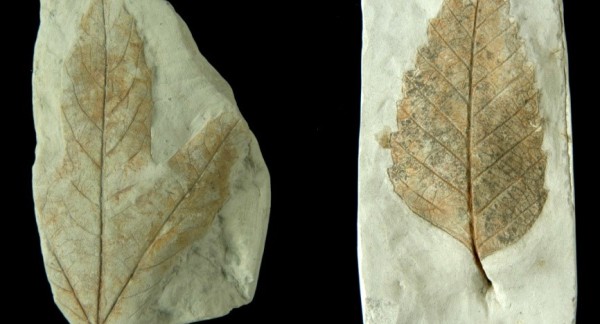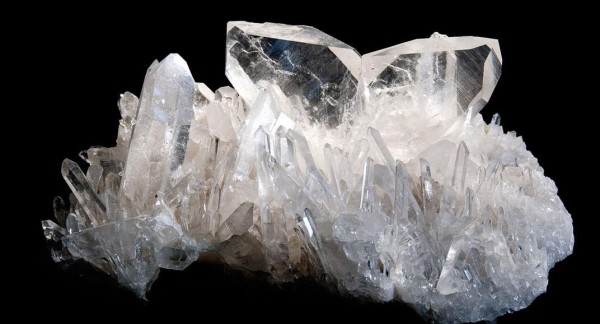Invertebrate Collections
We only know a fraction of what lives in the oceans. But much of what has been discovered so far is preserved in our collections of recent invertebrates: from colorful sponges from South America, to tiny Antarctic crustaceans, and molluscs systematically collected in Belgian territorial waters, bearing witness to a changing environment.

This collection comprises an incredible 15 million specimens, tissues and slide mounts of species that are either extant or that went extinct during the Quaternary Period (2.6 million years ago to the present).
The recent invertebrate collection is incredibly diverse, containing sponges, corals, starfish, crustaceans, jellyfish, rotifers, leeches, and much more.
There are “dry” collections and “wet” collections. The wet collections consist of an estimated half a million jars and tubes of specimens mainly preserved in alcohol. The majority of the dry collections are made up of shells – approximately ten million specimens. One of the most important shell collections is that of 19th century amateur collector Philippe Dautzenberg, who also left behind a rich archive of historical books.


Value to science
The invertebrate collections are invaluable to taxonomy and systematic biology. They contain tens of thousands of type specimens, which are the benchmarks used when describing a species. The other 15 million 'voucher’ specimens are also important for understanding and describing morphological variation within and between species – and increasingly also genetic variation. Biologists can therefore study the evolutionary relationships between organisms, including relationships with extinct species.
Perhaps surprisingly, this treasure trove still contains a vast amount of as-yet-undescribed or wrongly classified biodiversity. The collections are also becoming increasingly important for environmental studies, exploring the impact of humans on biodiversity, and the effects of climate change on organisms and ecosystems. Just think about how collections alone can demonstrate shifts in the distribution and occurrence of species due to altered temperatures.

15
million specimens
8
store rooms
40,000
species in the Dautzenberg collection
500,000
jars and tubes
(preserved in alcohol)
Our team
Search our collections

DaRWIN
(species)

Virtual collections
(digitized specimens)

Collections
(general info)

Metadata catalog
(available scientific data sets)
Learn more about invertebrates
Our collections
Visiting the collections
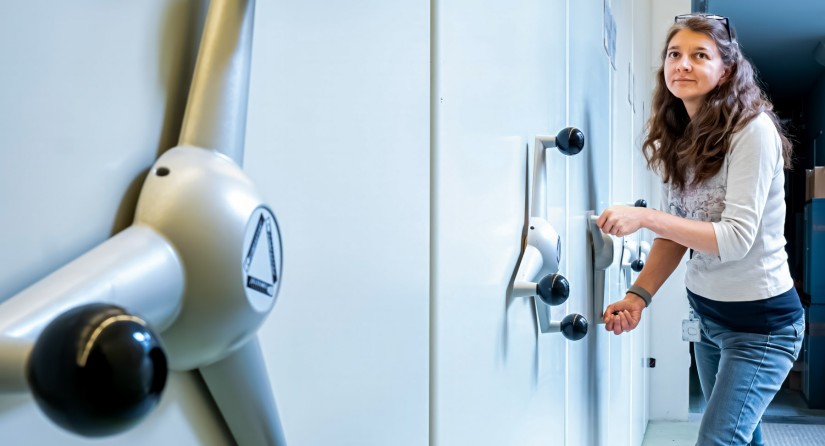
Are you a researcher wishing to study a collection?
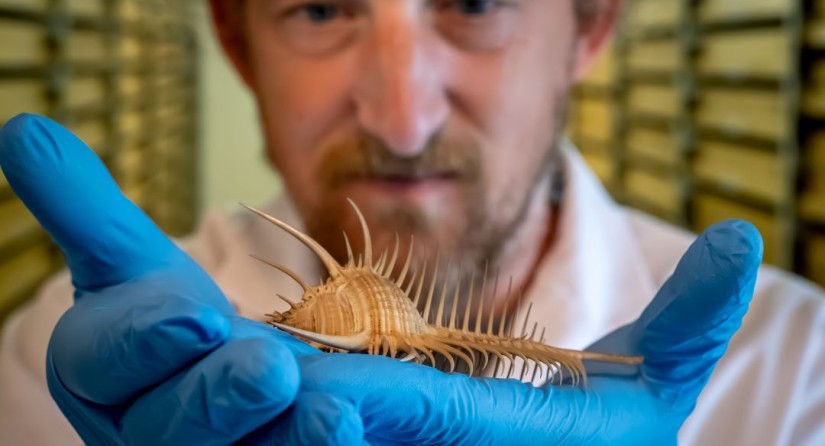
You want a backstage guided tour with a peek into our collections and labs?
The history of our collections
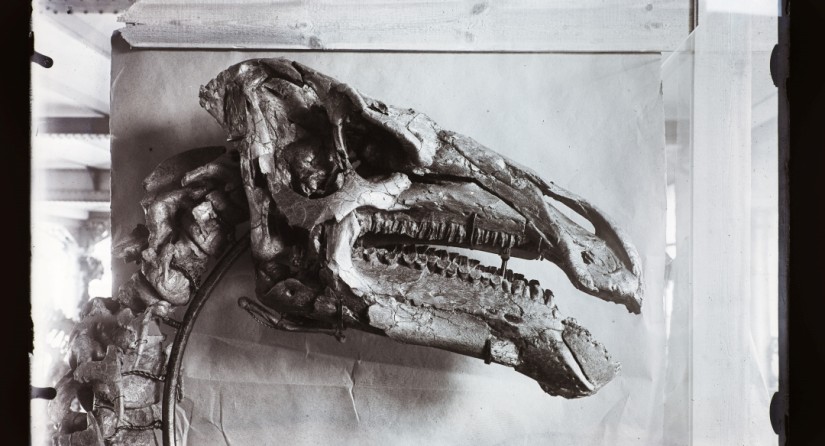
How did our eclectic selection of specimens grow into one of the most important in the world?
Donate your collection
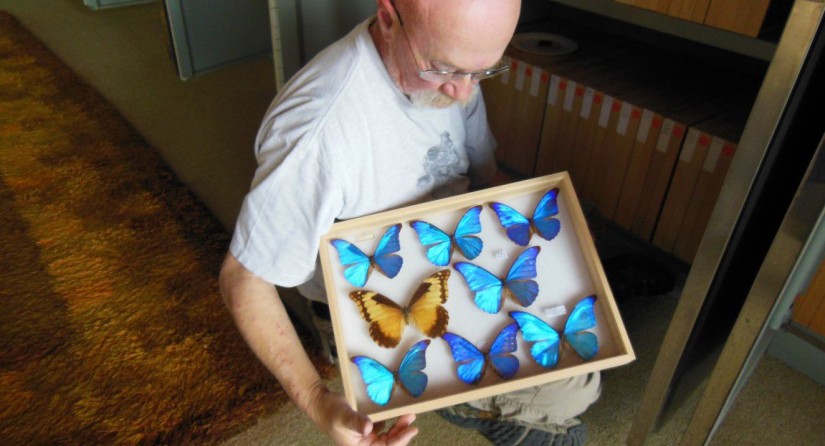
Your private collection or the one you inherited could be of great scientific value. Why not donate them to the Royal Belgian Institute of Natural Sciences? We will keep the specimens in perfect condition.

